European airline consolidation speculation returns as outlook slips
EasyJet's raising of fresh equity, plus news that it has rejected an unsolicited takeover offer by Wizz Air, has revived speculation of European airline consolidation.
The European market is fragmented: the top seven groups have 58% of intra-European seats, compared with 87% for the intra-North America top seven.
Ultra-LCCs and Aeroflot Group now have the highest percentage of 2019 intra-Europe capacity, highlighting the advantages of very low costs and large domestic markets. Possessing neither, easyJet has one of the lowest percentages.
Meanwhile, total seat numbers in Europe are 34.4% below 2019 levels in the week of 13-Sep-2021, almost stable on last week, but the negative side of stable (a slip of 0.3ppts) and the second week of sliding after five months of a positive trend.
Europe remains in fourth place in the regional capacity recovery ranking. The Middle East, where seat capacity is down by 41.1% versus 2019, remains at the bottom. This week Asia Pacific is down by 39.2%, Africa by 32.5%, Latin America by 24.8%, and North America by 20.1%.
TO READ ON, VISIT: European airline consolidation speculation returns as outlook slips

Philippine Airlines helped by bankruptcy cuts, but more needed?
Philippine Airlines (PAL) has secured the deals it needs for a relatively quick exit from bankruptcy protection, opening the way for a significant restructuring of its operation. The airline plans to cut back its widebody fleet and long haul network to give itself a better chance of recovery in the post-pandemic market.
PAL filed for Chapter 11 bankruptcy protection in a U.S. court on 3-Sep-2021. The move has been signalled for some time, as the company took several months to negotiate with creditors and investors to present a prearranged bankruptcy for court approval. It is one of a handful of overseas airlines electing to use the U.S. bankruptcy process for reorganisation.
The airline was facing some serious challenges before the pandemic, particularly from strong LCC competitors in its domestic and international markets. It was already planning a turnaround initiative, but like many other airlines in the region it has been forced to take more drastic action.
Its post-bankruptcy headaches will include an uncertain demand recovery timeline and undiminished pressure from LCCs.
TO READ ON, VISIT: Philippine Airlines helped by bankruptcy cuts, but more needed?
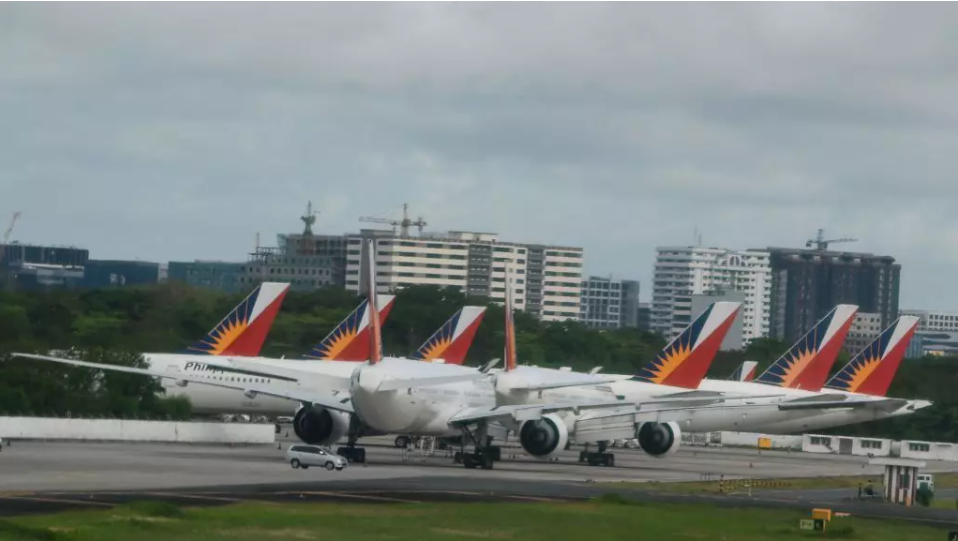
LCCs, not Lufthansa, restore German aviation to Europe's #2
For a while during the COVID-19 pandemic Russia and Turkey were the leading nations in Europe by weekly seats. However, Western Europe's summer recovery has restored the pre-pandemic top three nations to the top, although in a different order. Spain, ranked third before the crisis, is now number one ahead of the previous leaders UK and Germany.
As with the UK, Germany is still at a lower percentage of its 2019 capacity than the European average. Yet it is now back to third, after slumping at one stage to fifth.
Germany's pre-COVID strength was based on international markets, slower to recover than domestic. As it grows towards its 2019 capacity, Germany will surely return to its previous number two place in Europe.
However, one consequence of the pandemic may be that this recovery is LCC-led. Lufthansa Group is unlikely to fall from the top of the rankings by seats in Germany any time very soon, but it is losing market share to airlines like Ryanair and Wizz Air.
TO READ ON, VISIT: LCCs, not Lufthansa, restore German aviation to Europe's #2
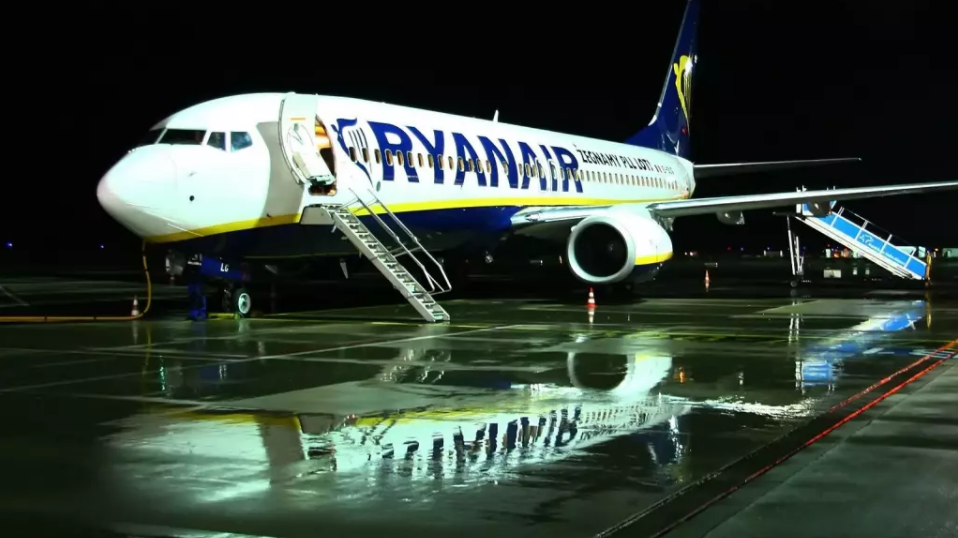
Courts oversee Southeast Asian airline reform
When Philippine Airlines filed for bankruptcy protection on 3-Sep-2021 it followed other major Southeast Asian airlines that have turned to courts to restructure their debts. The list of airlines in the region that have taken this course is steadily growing - and more are likely to follow before the COVID-19 crisis is over.
These airlines are restructuring to varying degrees, and therefore each bankruptcy process is different. Some are relatively quick as they have already reached agreement with creditors, while others are more contentious.
The airlines are also choosing a wide range of jurisdictions to file their bankruptcy petitions, using either their own countries or others with robust bankruptcy protection processes.
Some of the elements in these plans include cutting debt, renegotiating aircraft lease terms, and cancelling leases. Creditors have generally - but not always - accepted these relief proposals, thus avoiding liquidations.
For this reason there may actually be more airline start-ups than failures during the coronavirus pandemic period.
TO READ ON, VISIT: Courts oversee Southeast Asian airline reform
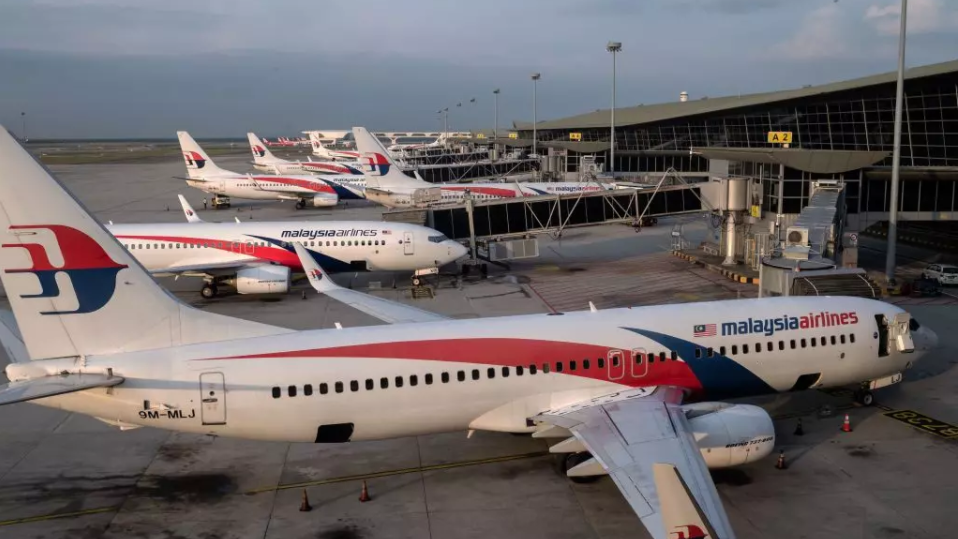
European aviation: recovery stalls as LCCs trim capacity
Europe's capacity recovery has stalled in the week commencing 6-Sep-2021.
Total seat numbers are 34.1% below 2019 levels, which is 0.9ppts worse than last week (week commencing 30-Aug-2021). The slide is not vast, but it is a change of direction after four months of improving data and then five weeks on a plateau.
Moreover, Europe has slipped into fourth place in the regional capacity recovery ranking. The Middle East, where seat capacity is down by 43.1% versus 2019, remains at the bottom. Asia Pacific is down by 40.8%, Africa by 32.6%, Latin America by 25.6%, and North America by 20.5% this week.
The small slide in Europe's capacity trend as a percentage of 2019 is only one week's data. However, it reflects both a slide in the trend of intra-Europe capacity, which has led the recovery in recent months, and in the trend of LCC capacity versus 2019 levels.
Europe's low cost airlines have consistently been more responsive to market fluctuations during the coronavirus pandemic, growing more in upturns and cutting more in downturns. LCC capacity movements are worth noting.
TO READ ON, VISIT: European aviation: recovery stalls as LCCs trim capacity
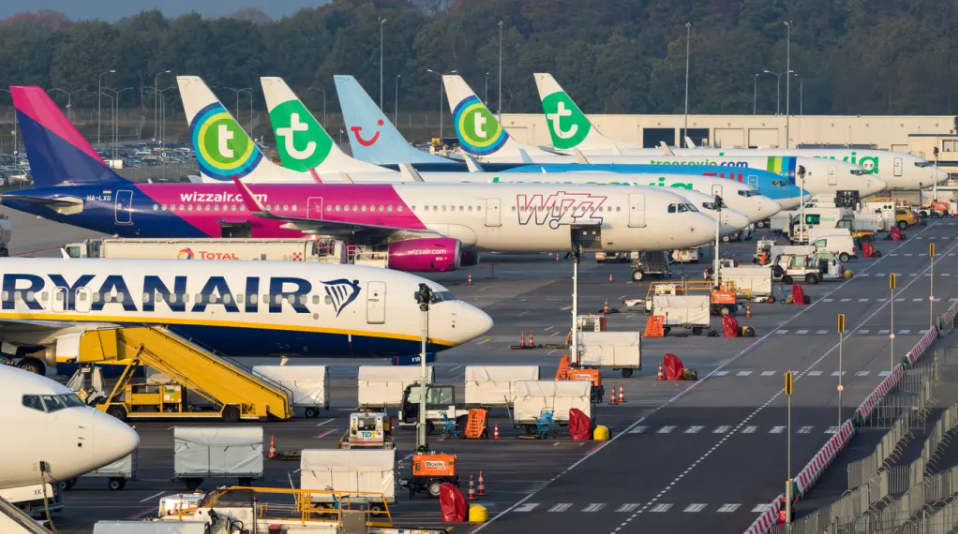
Stakes in India's primary airports on offer; another 25 for concession
Just as Infraero's role, and its influence, began to diminish when the Brazilian airport concession programme began (and has continued to diminish), Airports Authority of India may face a similar fate when its remaining stakes in critical gateway airports such as Delhi and Mumbai are divested, leaving the private sector in charge.
Infraero did find an alternative role, however, in helping to prepare secondary and tertiary level airports for privatisation, including some of those outside the formal national scheme.
It is just possible that such a job is needed in India, because as a further example of its airport 'monetisation' drive the government has lined up a further 25 airports for concession, and many of them are small by any measure.
TO READ ON, VISIT: Stakes in India's primary airports on offer; another 25 for concession
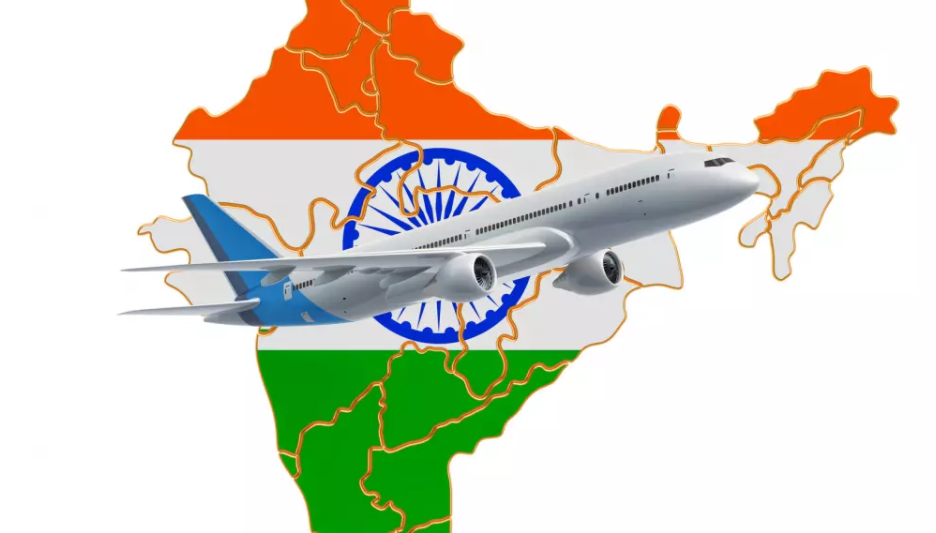
Europe aviation recovery slows. IATA says 2019 pax not before 2024
An Aug-2021 air traffic forecast for Europe from IATA assumes that movements will only return to 2019 levels in 2024 - and even then, not quite.
The big jump is expected from 2021, with movements at 51% of 2019 levels, to 2022, at 81%. Further improvement is forecast to be slower, reaching 98% in 2024.
Passenger numbers are forecast at even lower levels in 2021 and 2022, before almost returning to 2019 levels in 2024.
Europe's total seat numbers are 33.2% below 2019 levels in the week commencing 30-Aug-2021. This is another new high, but there has been little change over the past month as Europe's capacity recovery plateaus.
Europe remains in third place in the regional capacity recovery ranking. This week (week commencing 30-Aug-2021), the Middle East, where seat capacity is down by 43.2% versus 2019, remains at the bottom; Asia Pacific is down by 42.0%, Africa by 33.3%, Latin America by 25.1%, and North America by 18.5%.
Vaccinations and the easing of travel restrictions will determine the pace of the capacity recovery. However, demand for aviation is likely to be structurally changed by the coronavirus pandemic.
TO READ ON, VISIT: Europe aviation recovery slows. IATA says 2019 pax not before 2024

CAPA Live: Five low-cost airline start-ups. Alex Cruz: people are the key
Alex Cruz, former British Airways CEO and seasoned airline executive, interviews five start-up airlines that have either already taken to the skies or are planning their operations. Mr Cruz himself also started up LCCs, including Spain's Clickair. Talking at the CAPA Live on 14-Jul-2021, five airline start-ups, Avelo, Play, Flyr, Norse Atlantic Airways and FlyPOP laid out their plans and how they plan to handle competition from their main competitors.
TO READ ON, VISIT: CAPA Live: Five low-cost airline start-ups. Alex Cruz: people are the key

How airport taxes killed a private Norwegian airport
Across Europe, in France, the Netherlands, Belgium, Germany, Sweden, and particularly in the UK, the introduction of aviation taxes impacted on passenger traffic forecasts before the pandemic set in and shattered them.
In some countries the taxes were quite hastily withdrawn, in others they continue and in some cases have been increased.
One of those 'other' countries is Norway, where a fairly modest tax brought in in 2016 prompted Ryanair and Norwegian to pull out of Moss Rygge, one of two secondary airports to the south of Oslo that mainly handled low cost carrier business, thus rendering it unviable. Subsequently, a private equity firm acquired it.
Now that firm has put it up for sale and the prospects of disposal as a going concern seem remote. The firm, Jotunfjell Partners, is unlikely to be attracted to other airports after this experience.
But there are still occasional opportunities for investors in Scandinavia and the Nordic countries, even though private operation of airports is still rare; that responsibility typically falls to the national state-controlled operators such as Avinor, Swedavia, Finavia and Isavia, or to municipal ones.
TO READ ON, VISIT:How airport taxes killed a private Norwegian airport

Manchester Airport Group's GBP374 million loss as traffic falls by 90%
It is the moment of reckoning for all airport operators as they publish their financial report for 2020 - one that for many will have been the worst in their history.
It is such a momentous year that CAPA will shortly publish analysis of the top 100 operators.
Somewhere in the middle of that list is Manchester Airports Group (MAG), the operator of Manchester, London Stansted and East Midlands airports and the largest airport group operator in the UK. MAG has been severely impacted by a double whammy of UK government restrictions (which, together with a raft of airlines, it challenged unsuccessfully in the courts) and entry restrictions into the US, which is a prime market from its lead airport.
This article examines those financial results, makes a brief comparison with other UK operators, and attempts to envisage the future for each of the airports, as well as considering that of Manchester's Chinese-backed 'Airport City' project; one for which the wheels could have fallen off but haven't - at least, not yet.
TO READ ON, VISIT: Manchester Airport Group's GBP374 million loss as traffic falls by 90%
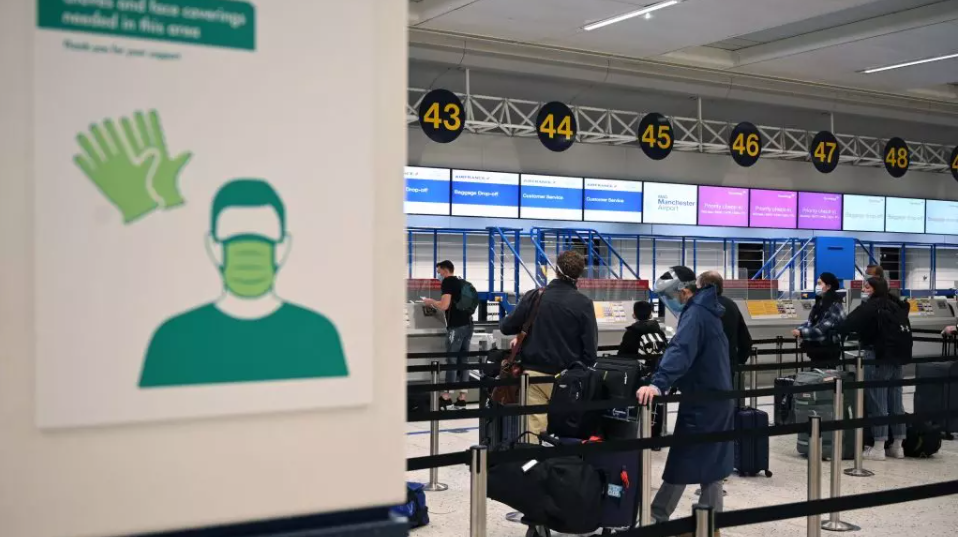
SPECIAL REPORTS: Aviation Sustainability and the Environment
This regular weekly CAPA report features a summary of recent aviation sustainability and environment news, selected from the 300+ news alerts published daily by CAPA. This week's issue includes: Air New Zealand enters MoU with Airbus for zero emission hydrogen aircraft; Brussels Airlines wants to 'heavily invest' in SAF: CEO; Lufthansa Cargo offers customers CO2 neutral freight transport options; US FAA awards USD100m to partners under Continuous Lower Energy, Emissions and Noise Programme; CAPA chairman emeritus: 'governments… in reality can make the biggest difference'.
TO READ ON, VISIT: SPECIAL REPORTS: Aviation Sustainability and the Environment
